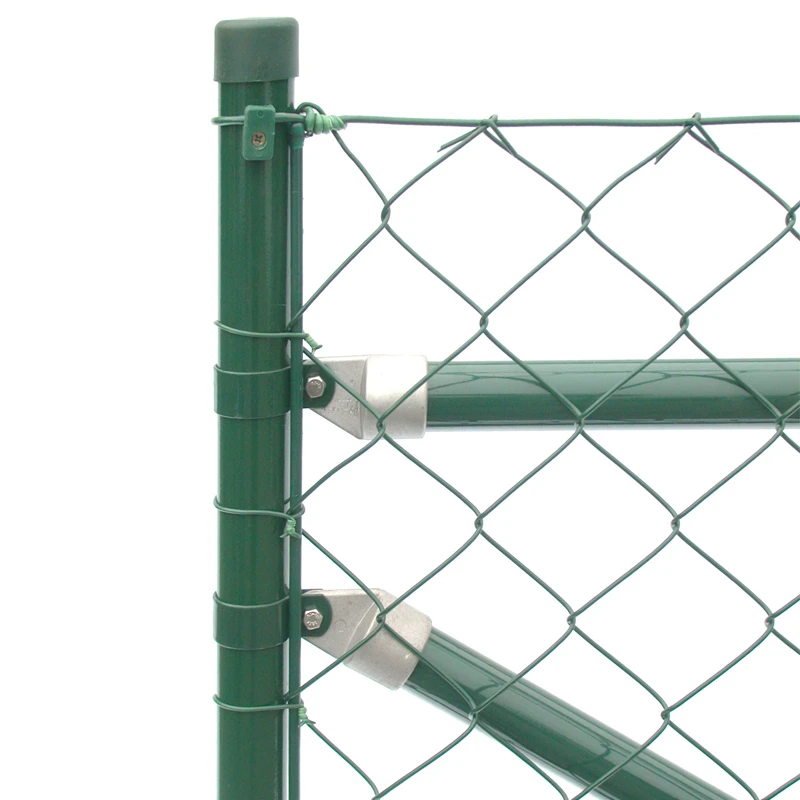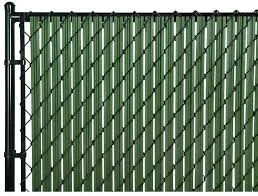Silt Fence Backed With Welded Wire Mesh To Prevent Topsoil Runoff
Mastering the intricacies of silt fence installation is a critical aspect of erosion control on construction sites. Silt fences play a pivotal role in maintaining site integrity by trapping sediment and preventing erosion, functions that contribute significantly to environmental conservation and compliance with local regulations. 
To execute an exemplary silt fence installation, it’s fundamental to understand both the material essentials and the methodological expertise required. The first step involves selecting high-quality geotextile fabric designed specifically to act as a filtration barrier. This fabric must balance robustness with permeability, allowing water to flow through while capturing sediment on site.
Equipping oneself with the right tools is essential for efficient installation. Potential installers should prepare with the requisite stakes, typically wood or metal, a heavy-duty hammer, a trenching tool to enable proper sub-grade installation, and a level for ensuring precise alignment. Selecting the right equipment is a mark of professionalism and sets the stage for effectiveness.
Securing necessary permits and ensuring compliance with the relevant local and regional regulatory frameworks is an imperative preliminary action. Establishing these requirements beforehand affirms the project’s legality and adheres to environmental protection mandates. This foundational step fortifies a reputation for reliability and adherence to environmental stewardship, essential qualities in the field.
Once preparatory steps are complete, the installation phase requires strategic planning and precise execution. The silt fence should be installed downhill from the area of disturbance, across the slope or contour of the land, ensuring maximum sediment capture. For optimal results, the trenching tool should create a six-to-eight-inch deep trench where the base of the fabric is securely anchored. This prevents sediment from washing underneath the fence, bolstering its effectiveness.
Stakes should be driven into the ground on the downslope side of the fabric for reliable support. The spacing between stakes is crucial they must be no more than six feet apart to ensure the fence remains upright and can withstand wind and sediment pressure. Any oversight here could compromise the fence’s structural integrity, allowing sediment escape and erosion exacerbation.silt fence installation
Overlapping sections of fabric by at least twelve inches is necessary when installing multiple lengths of silt fence. This small but crucial detail prevents gaps through which sediment could slip, reinforcing the fence’s continuous barrier purpose. Securing overlaps with zip ties or heavy-duty staples amplifies durability against weather conditions and external pressures.
Consistent inspections and maintenance are pivotal post-installation practices. Regularly verify the fence’s tension and alignment to preemptively address any sagging or misalignment issues that could hamper performance. In the event of fabric tearing or stake failure, immediate repairs are essential to restore functionality promptly.
Education on industry developments and innovations in erosion control technologies augments professional expertise in silt fence installations. This proactive engagement with evolving practices ensures that installations remain at the forefront of efficiency and environmental safety, a testament to the practitioner's dedication and authority in the field.
For those considering delving into silt fence installation for erosion control, interpreting the nuances of this task reflects a commitment to environmental sustainability and responsibility. Expertise in this craft signals proficiency, ensuring each project meets stringent standards and contributes to the overarching goal of ecological preservation.
Building trust with clients and regulatory bodies requires not just adherence to best practices, but also transparent communication about project progress and regulatory compliance. This transparency fosters credibility, essential for establishing longstanding professional relationships and an impeccable industry reputation.
In the fast-evolving realm of construction and environmental management, mastering silt fence installation underscores an unwavering commitment to quality and environmental stewardship, elevating practitioners as trusted experts committed to safeguarding natural resources while achieving project goals.


















